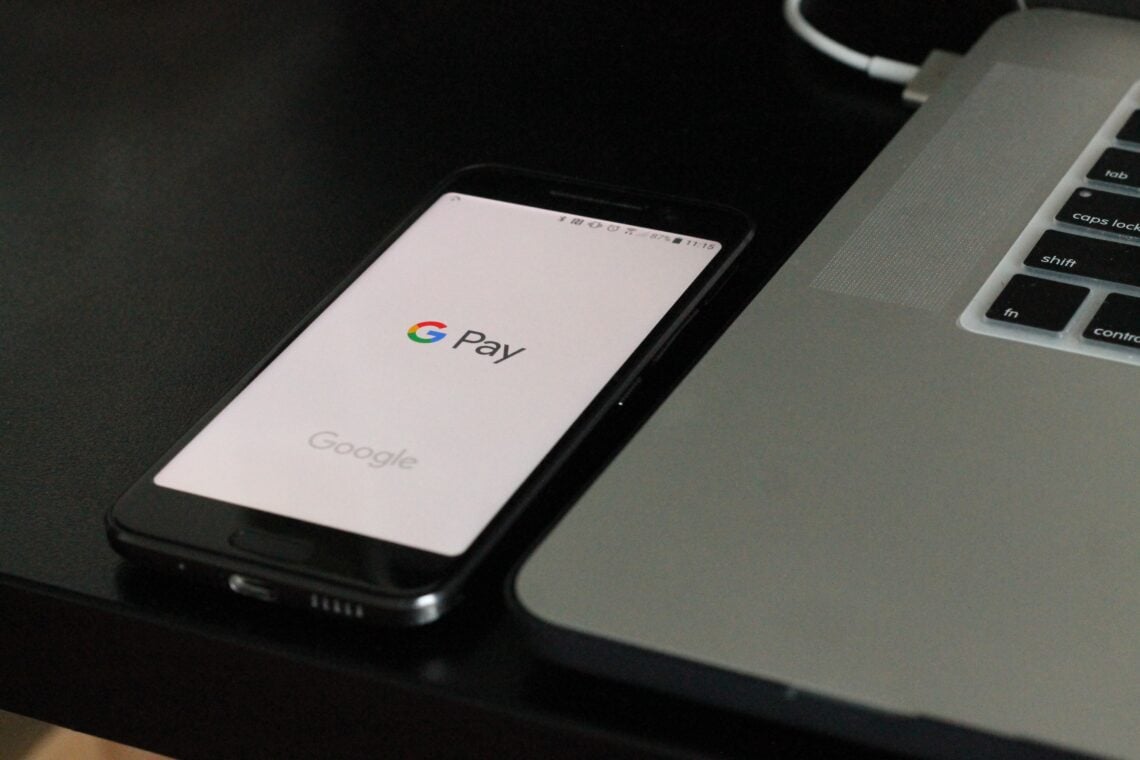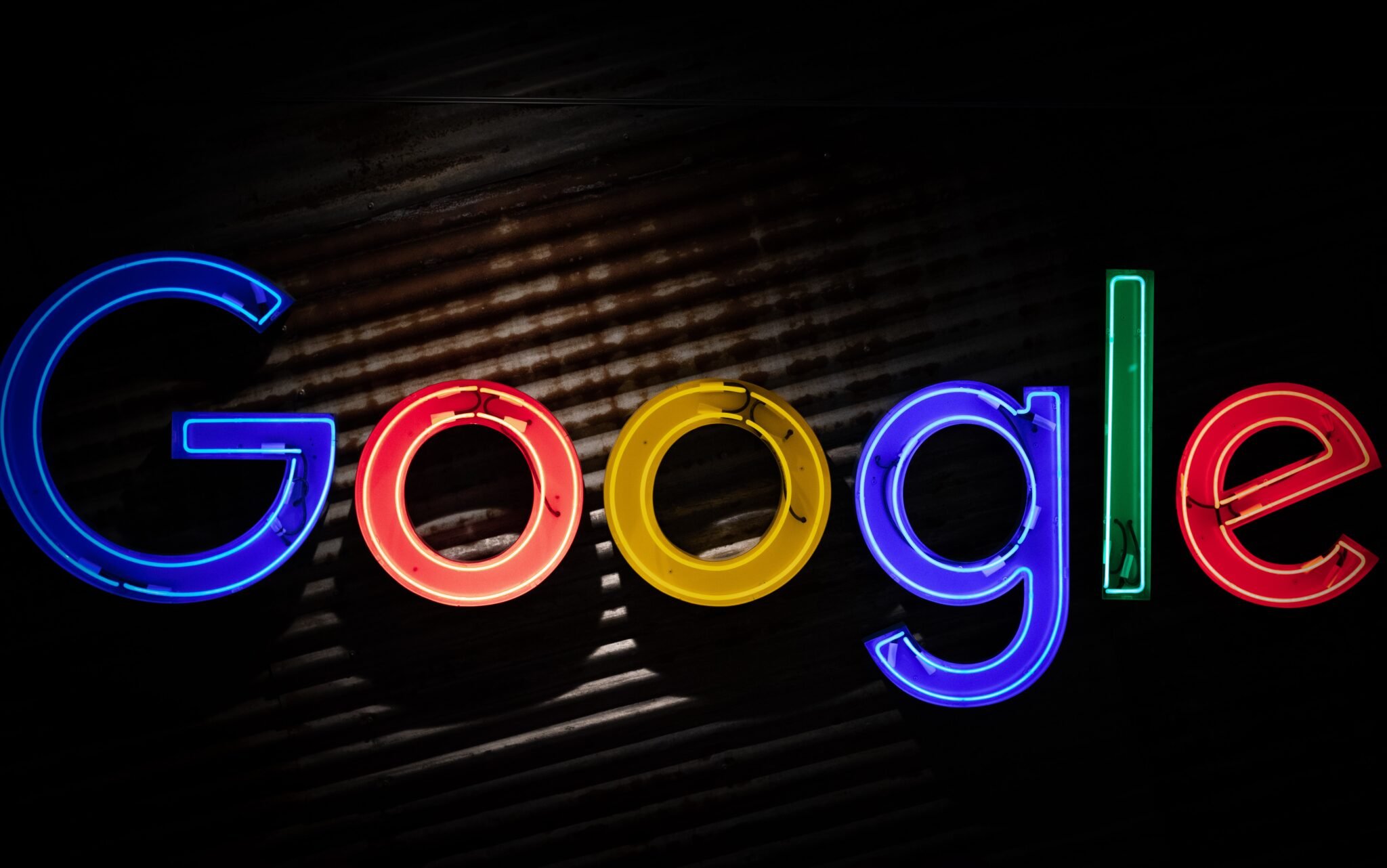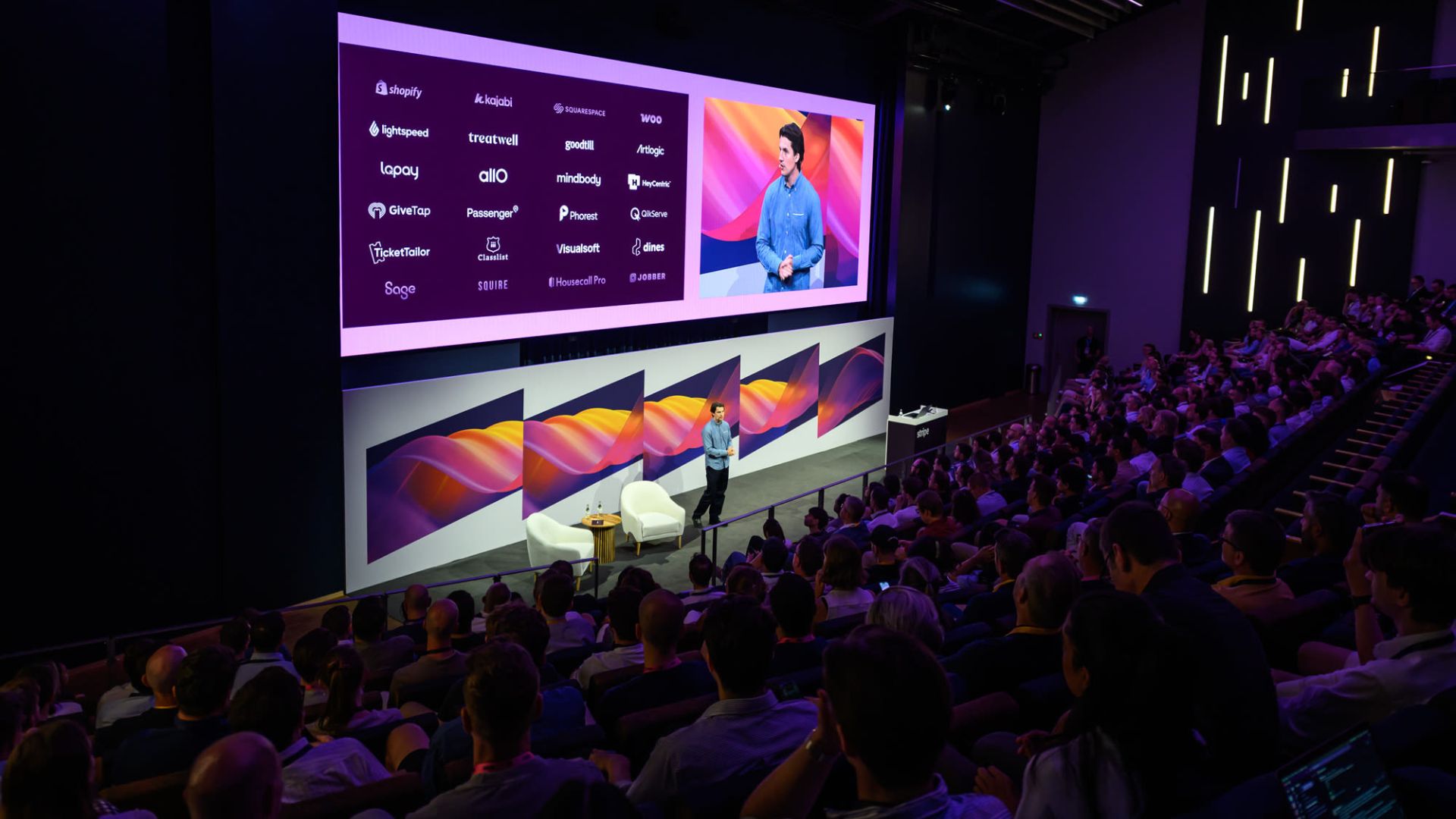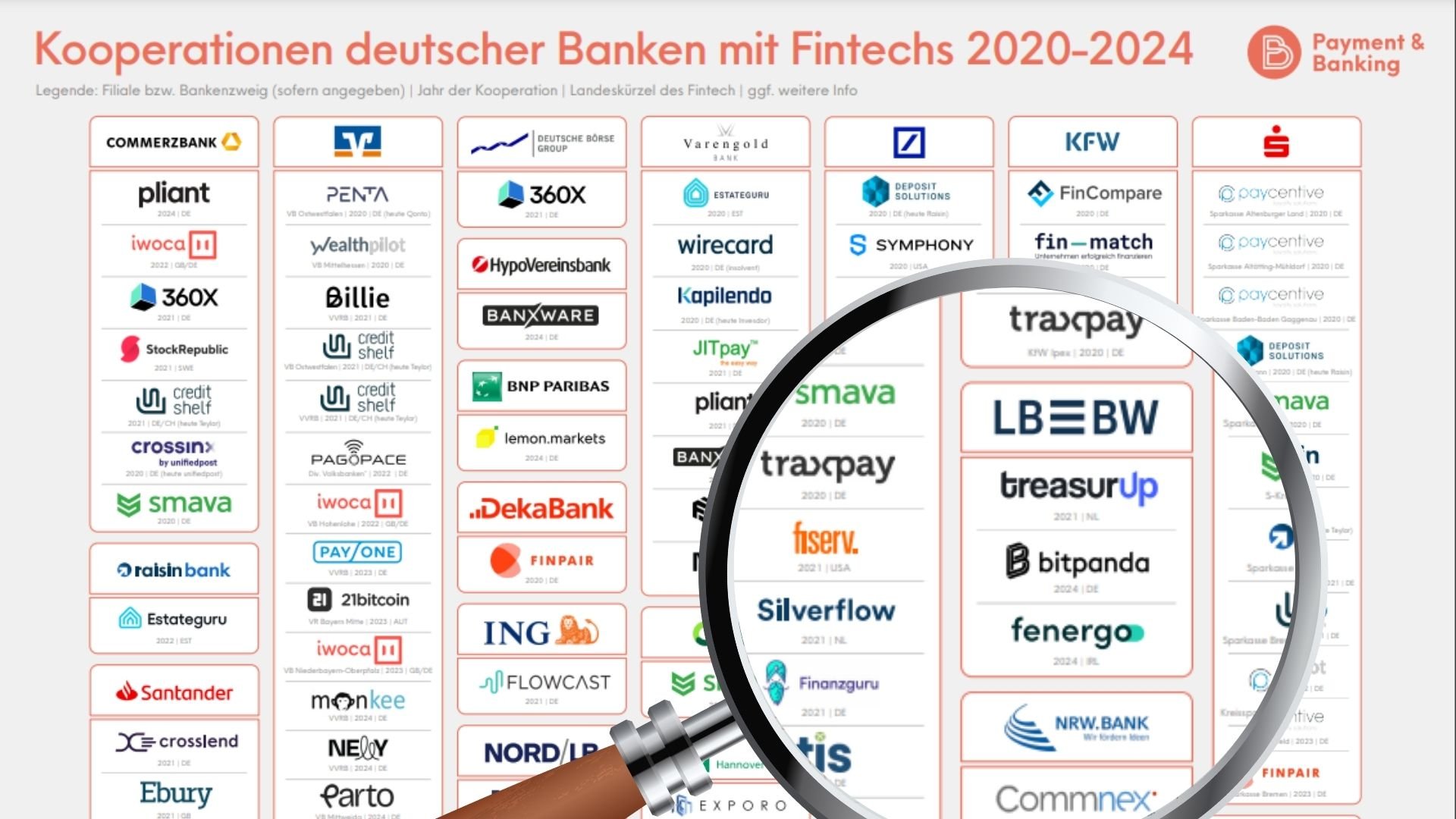Schon im nächsten Jahr soll aus der Wallet Google Pay eine mächtige Finanz-App werden. Bezahlen, Sparen, Ausgaben verwalten, Rechnungen teilen und Coupons verwalten, all das soll schon bald mit Google Pay möglich sein, teilt Google ganz offiziell im Google Blog mit. Damit nicht genug im nächsten Jahr will Google das neue Google Pay um sogenannte Plex Accounts erweitern. Wie beim Mobile Payment auch, bietet Google hier im Grunde das Frontend, das heißt die Konsumenten sollen ihr “altes” Bankkonto behalten, aber in Google Pay verwalten können. Damit das funktioniert bietet der Konzern neben der die passende Google Pay App auch entsprechende Schnittstellen. Plex Konten bieten mehr als eine Multibanking-Funktion, wie wir sie hier in Deutschland kennen.
Ein Plex-Konto zeigt nicht nur Umsätze an, sondern man soll auch z. B. direkt Sparpläne anlegen können und vieles mehr. Damit das funktioniert, muss eine Bank wie beim mobile Payment auch, bei Google aktiv mitmachen. In den USA startet Google zunächst nur mit der Citi Bank und Stanford Federal Credit Union (SFCU). Weitere Partner sind BankMobile, BBVA USA, BMO Harris, Coastal Community Bank, First Independence Bank und SEFCU. Spoiler Alarm: Für Konsumenten ist das alles natürlich kostenlos.
Google Pay Finanzplattform erst in den USA
Jetzt ist die USA weit weg, die Bankenlandschaft funktioniert, insbesondere im Konsumentengeschäft, anders als in Deutschland oder Europa. Es dauert manchmal Jahre bis ein Dienst von Google in anderen Ländern angeboten wird, wenn er denn überhaupt es aus den USA heraus schafft. Aber in Anbetracht dessen, das Google Pay weltweit mehr als 150 Millionen monatlich aktive Kunden in 30 verschiedenen Ländern hat, würde ich als Bank etwas nervös werden.
Vor allem vor dem Hintergrund, das man jüngst im Mobile Payment Segment lernen musste, das man absolut nichts gegen die mobilen Bezahlverfahren von Apple und Google in der Hand hatte und am Ende einen sowohl Apple als auch Google Pay unterstützen musste und damit die Kundenschnittstelle aus der Hand geben musste.

Wenn Google nun auch noch die Sicht auf das Konto neu erfindet, wird die Luft für Banken dünn. Und dabei spielt es keine Rolle ob Retail – oder Neo-Bank. Google wird nämlich nicht nur eine schicke App zur Verfügung stellen, sondern das tun, was sie am besten können: Kontext herstellen.
Google Pay wird zum Banking wie es sein sollte
Die Funktionen der neue Google Pay Lösung lesen sich wie der heilige Gral des mobilen Bankings. Die Anzeige von Transaktionen sollen nicht chronologisch, sondern strukturiert Transaktionen je nach Beziehungen zu Freunden oder Unternehmen. Benutzer können auch Ausgaben wie Miete oder Abendessen über eine Gruppe in Google Pay aufteilen und berechnen. Google Pay soll eine regelmäßige Ausgabenzusammenfassung bieten und Trends und Einblicke über das Ausgabeverhalten zeigen.
Die Zahlungskategorisierungen von Google Pay soll anspruchsvoller werden, als man sie von andere Bank-Apps kennt. Wenn ein Benutzer nach „Lebensmitteln“, „letzten Monat“ oder „mexikanischen Restaurants“ sucht, werden alle relevanten Transaktionen gefunden. Google kann Daten.
Wenn Google nun Transaktionsdaten einen Kontext gibt, ist das ein Angriff auf viele Dienstleistungen. Google kennt jede Rechnung aus dem E-Commerce, jede Mahnung läuft in Google Mail auf. Zusammen mit Transaktionsdaten kann Google ein detailliertes und lebensnahes Scoring-Modell bauen. Auch kann Google versuchen, einer Buchung eine steuerliche Relevanz zu geben, sodass die Steuererklärung am Ende des Jahres automatisch, natürlich aus Google heraus erfolgen könnte. Kredite anzubieten, dann wenn es Sinn ergibt, dürfte Google bereits wissen bevor der Konsument einen finanziellen Engpass hat.
Von Google Pay zum Glück gezwungen
Google bietet all das auf freiwilliger Basis. Weder die Konsumenten, noch Kreditinstitute müssen auf der einen oder anderen Seite mitmachen. Bei Konsumenten siegt schnell der Nutzen und Convenience bei Kreditinstituten gestaltet sich die Lage etwas anders.

Auf der einen Seite bietet Google natürlich eine wunderbare Möglichkeit den Kunden besser zu erreichen, auf der anderen Seite begibt man sich in eine Abhängigkeit. Schwer vorstellbar, dass das im Interesse der Banken ist. Aber hier rächt sich eben auch die Jahrelange Vernachlässigung der Kundenschnittstelle und das Gejammer wird groß sein. Wie bei den meisten Themen der letzten Jahre.
Mobile Payments, digitale Identitäten, digitale Währungen und vieles mehr. Man ist groß im Jammern das böse Tech Giants den Vorsprung immer weiter ausbauen, aber es wird zu wenig getan, diesen Vorsprung kleiner zu machen. Insbesondere bei der Bedienung der Kundenschnittstelle kann man das Beobachten. Dazu muss man nur in den App Store gehen und sich die Banking-Apps anschauen. Ein Trauerspiel.




























